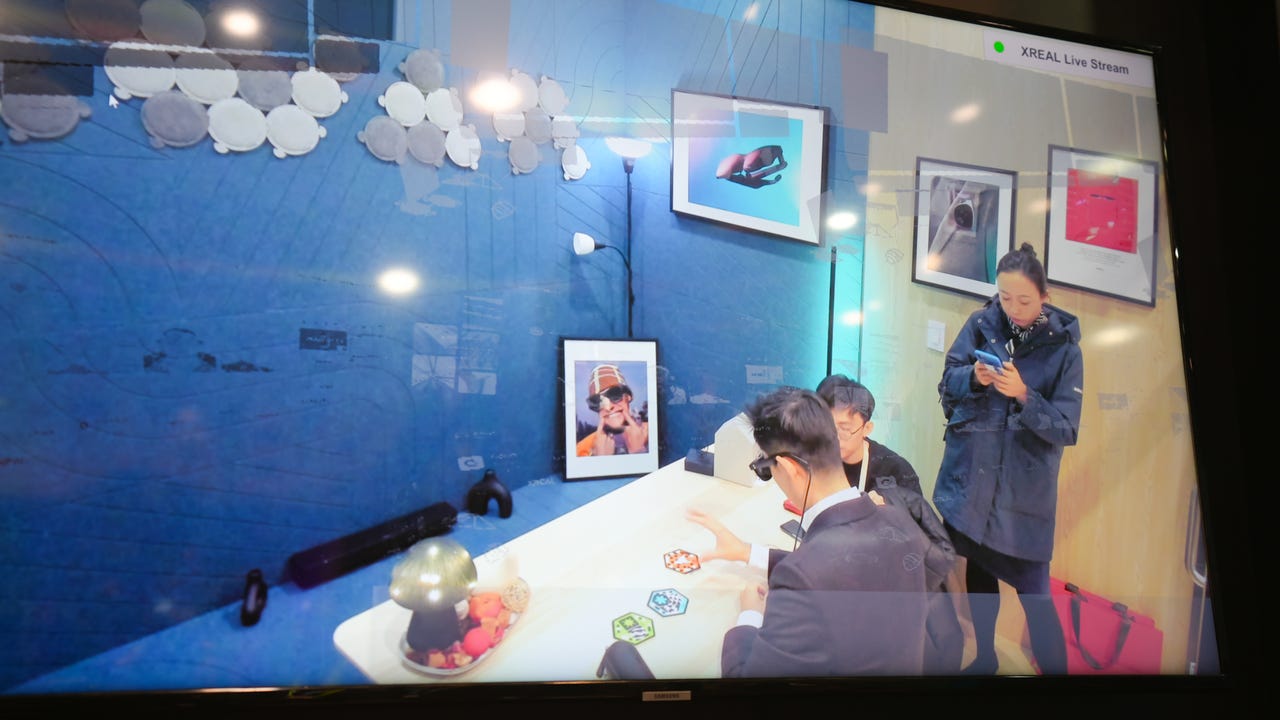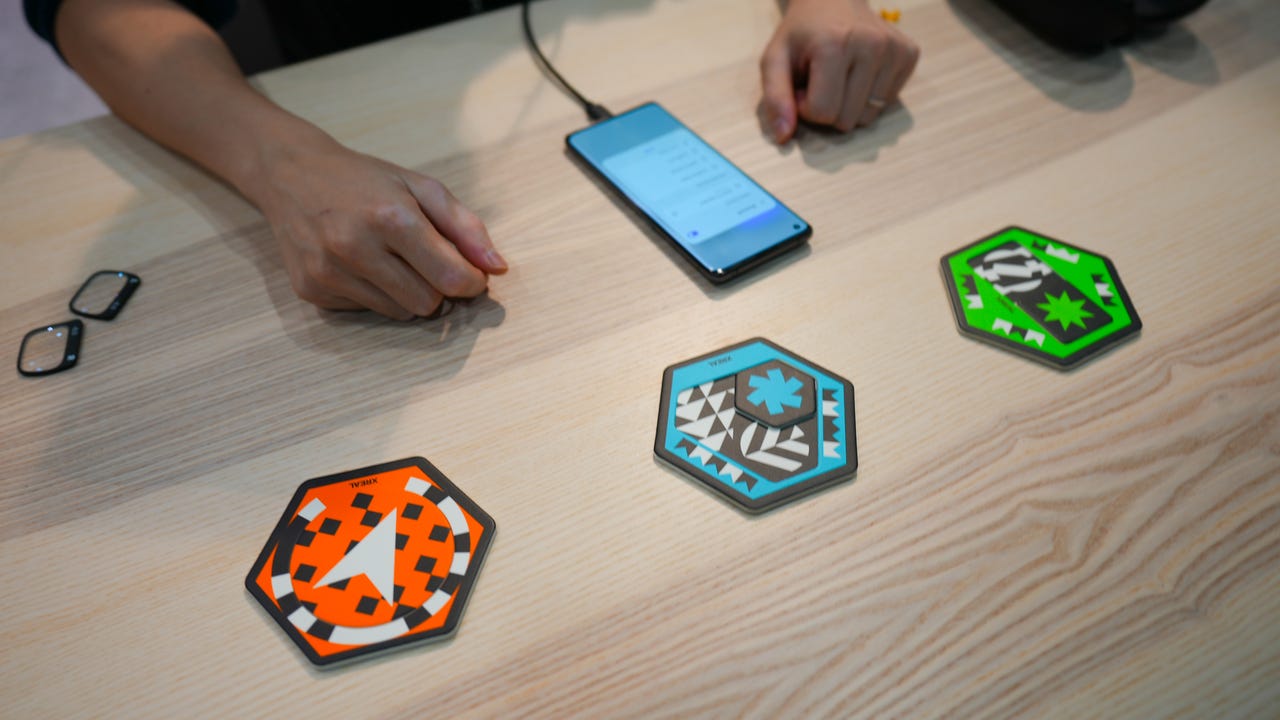Augmented reality glasses took off in 2023, but even a geek like me, who typed part of this article while wearing a pair of these on my flight to CES, admits that this product category needs improvement .
That’s because no matter which pair you buy now, it just mirrors the screen of your laptop, smartphone, or whatever device you plug it into. At best then, these are portable monitors for your eyes.
After getting a hands-on look at the Xreal Air 2 Ultra today, a new pair of augmented reality glasses with spatial computing capabilities (the same 3D sensory technology that Apple builds its Vision Pro headset on), I have good hope that this type of product will develop.
700 dollars for this new pair
The March.
“We marked a milestone in the evolution of 6DoF AR glasses [Six degrees of freedom] with our Nreal Light model in 2020 and we are excited to unveil its successor. This Xreal Air 2 Ultra is packed with spatial computing technologies in a smaller, more comfortable and much sleeker package than other products,” said Chi Xu, founder and CEO of Xreal.

A nearby monitor showed how the user interacted in virtual reality with the glasses. I took this photo while waiting for my turn. June Wan/ZDNET
Xreal calls the Air 2 Ultra “the most stylish AR device ever,” thanks to its titanium frame, weight of just 80 grams, and optimized weight distribution with adjustable temple and nose pad options.
The question of optical correction
This is good to hear, because if the objective of such a device is for users to wear it for hours, or even all day, comfort must be a priority as well as the technology embedded in the frames.
Before even putting on the Air 2 Ultra, I was asked for my optical correction. Of course, Xreal’s inserts were only used for demonstration, with a product manager from the company confirming that opticians will be able to adapt Xreal glasses to your vision, just like they would with regular glasses.
Xreal says it also designed the Air 2 Ultra with eye wellness in mind, earning TUV Rheinland certifications for color accuracy, eye comfort, low blue light, and no flicker.
Less bulky than the Meta Quest 3
This is all very useful for navigating Xreal’s Nebula interface. Thanks to new built-in 3D environment sensors, the glasses can project standard 2D apps and widgets onto the user’s real vision, similar to what we’ve seen on bulkier VR headsets like the Meta Quest 3.

The demo featured three tags that I could interact with to navigate, rotate, and scroll through the different “spatial” applications. June Wan/ZDNET
For developers, the Air 2 Ultra will serve as a gateway to creating augmented reality applications and exploring new spatial computing experiences. According to Xreal, the glasses support “hand tracking, 3D mesh creation, semantic scene understanding and much more, including future AI capabilities.”
In my demo, I navigated between productivity, entertainment, and messaging apps, and Xreal’s gaze navigation proved quite reliable. I was even able to attach a nearby smart light, pinch and raise my hand to change the RGB settings.
On the way to space videos
The glasses have downward-facing sensors that detected when I pinched my fingers, even when they were slightly in front of my chest.
More importantly, the glasses can view spatial videos captured by the iPhone 15 Pro. This is a feature that we thought was exclusive to the future Apple Vision Pro! I watched Life of Pi, Avatar 2, and Despicable Me 2, and the 3D effect had surprising depth. When I was finished, I wondered if on the flight home the Rokid Max AR, my current AR glasses, would seem disappointing in comparison.
I’ll conclude my first experience by mentioning that the Xreal Air 2 Ultra needs to be connected to work, whether it’s a phone (Android or iOS), laptop, or tablet.
Pay attention to the battery of the host device
Given the resource demands of these applications, the glasses are bound to put a strain on the battery of the host device.
For smartphones, Xreal tells me I’ll have just enough power to watch a three-hour movie. I’m not sure many people are willing to sacrifice the battery life of their most personal devices to use AR glasses, but it’s still better than the two hours of battery life of Apple’s Vision Pro, right?
Source: “ZDNet.com”
